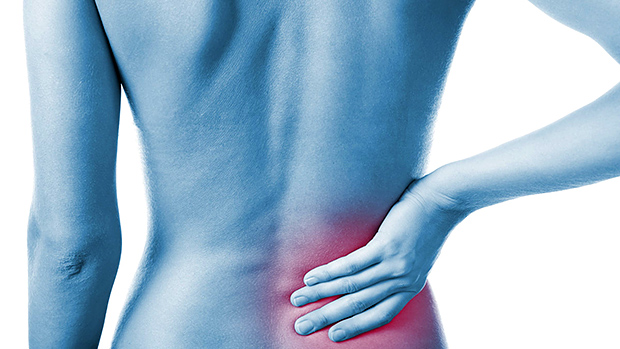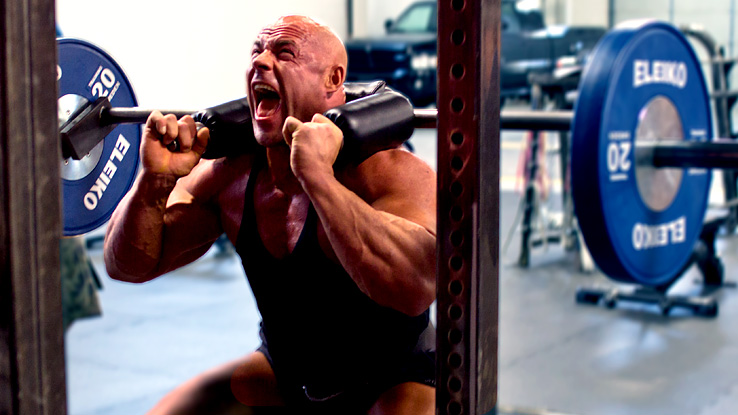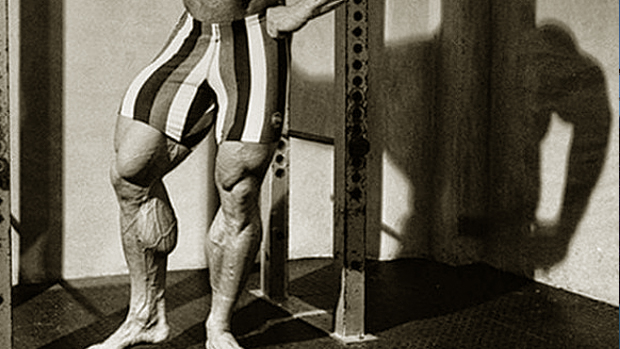The 90/90 Test
This test can be used to check for imbalances, weakness, or tightness in your hips, which is a big cause of lower back pain.
The 90/90 position is seated on the floor with the front leg externally rotated and the back leg internally rotated, as close to 90 degrees with your hips and knees as possible. It looks quite intimidating, like it requires lots of flexibility, but it actually doesn't. Almost anyone can do it to some extent.

To test yourself, see if can you sit in this position unassisted – without your hands on the floor – and rotate your torso left and right with your left leg externally rotated and your right leg internally rotated. Repeat with your legs switched.

- If you can do one side but can't do the other, that's a BIG fail.
- If you can do both sides, but one side feels a lot more challenging, that's still a fail.
This test can show you that there's weakness or tightness in your hips on one side. Your body isn't balanced. And if your body's not pissed off yet, it eventually will be.
Okay, So How Do I Fix It?
It takes longer to make a flexibility improvement than you probably think. A 30 second set is okay for a warm-up if you're happy with your range of motion, but if you want actual change that your body learns from it'll going to take longer. But it can be done.
In this video, you'll see one of my clients fail the test, then later be able to take a 600m run without pain.
Below is an example of a 10-minute session you could do daily to improve this position and possibly help your back pain, hamstring tightness, knee pain, groin tightness, and more.
During each minute, assess the position you're in, experiment with moving around, and create as much tension in your glutes and hamstrings as possible. Try things like pulling your toes up towards your shins and take note of any strengths or weaknesses (or even cramps) in the position.
Note: Assisted is with the hands down; unassisted is with the hands off the floor.
- Minute 1: Left side, assisted
- Minute 2: Right side, assisted
- Minute 3: Left side, assisted, leg lift, push back
- Minute 4: Right side, assisted, leg lift, push back
- Minute 5: Left side, unassisted
- Minute 6: Right side, unassisted
- Minute 7: Left side, unassisted, leg lift, push back
- Minute 8: Right side, unassisted, leg lift, push back
- Minute 9: Constantly alternate side to side
- Minute 10: Retest both sides, assessing any change
Aim to squeeze your glutes throughout. Use the floor to create tension by pushing into it with your feet or knees. Open your hips as much as you physically can. Make it challenging but not painful.
My personal favorite of that sequence is the push back: Sit up unassisted, lift the leg, then push the foot back as if there was a wall behind you. Hold that for as long as you can and you'll really feel things lighting up!
If after doing both sides you still notice a big difference between them, try spending more time on your bad side – 5 minutes or more depending on the magnitude of difference.
If you can sort this stuff out before you actually get hurt, think of the gains you'll make because you won't have to take unexpected time off.





